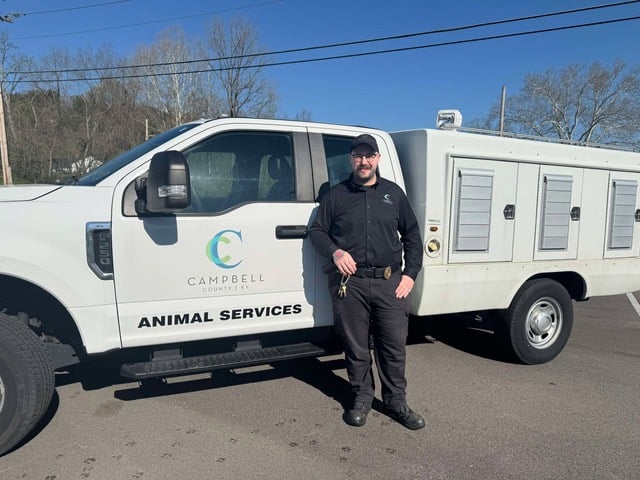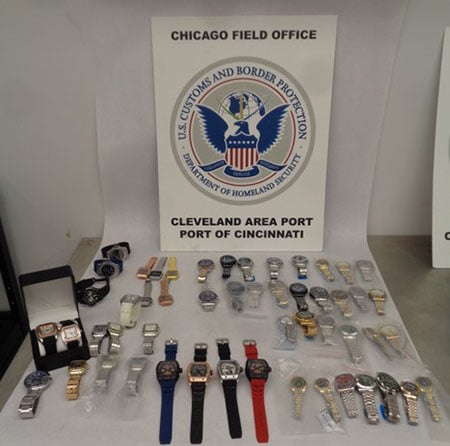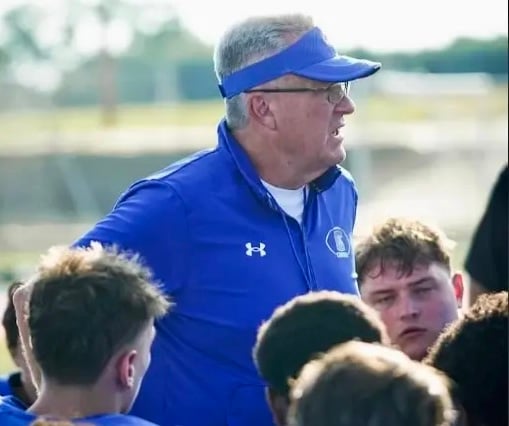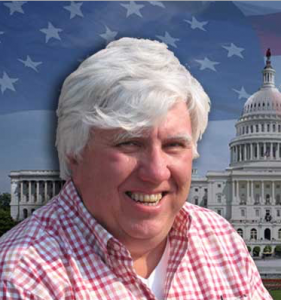By Steve Flairty
NKyTribune columnnist
This is a reprint of a Kentucky by Heart column that first appeared on June 9, 2015
Louise Rhodus followed a circuitous path to becoming an expert and award-winning golfer.
She found out early the importance of working within the constraints of old-fashioned teamwork. Born in 1928, she was raised as the middle child of 13 brothers and sisters. Lots of food and limited space had to be shared. Louise learned that only unselfish give and take amongst the family would help them survive the Great Depression.
During her childhood, the Rhodus clan farmed the hilly soil not far from Valley View in Madison County, where an iconic ferry has been crossing the Kentucky River since 1780. Her part of the teamwork was pretty challenging. “My older sister and I had to quit school after the eighth grade to work in tobacco on the farm,” she explained. “The reason is that my older brothers had volunteered for military service, so we didn’t get the education the younger brothers and sisters did.” Sadly, Louise lost one of her brothers in World War II.

Despite spending less time in school, Louise later became an important IBM employee in Lexington, starting in 1957 and working until 1982. She played a key role for the company that built and distributed thousands of typewriters to a worldwide marketplace. She even contributed an idea for the company and was rewarded with a $1,000 cash prize. “I got several ‘step ups’ along the way with IBM,” she said, with a pronounced gleam in her eye.
Not bad for a person with only an eighth-grade education, but let’s get to the part about her golf game.
Louise also liked to play sports like softball and tennis whenever she had the chance, and did so in leagues that IBM offered for employees. She was a good player and teammate, too. But when it came to her golf game—which she took up at age 54 after she retired from IBM–well, it was mostly about her individual performances. In those, she was real impressive–to the tune of scoring six holes-in-one—starting in 1982. She got her last one, number six, in 2002.
The first ace took place in Lexington at the Meadowbrook Golf Course on Wilson-Downing Road, and it was verified by a brother-in-law who was playing the course with her that day. “He got more excited than me,” said Louise, grinning, “and he was telling everyone to move out of the way so we could prove that it was a hole-in-one.”

In 1984, she began spending her winters in Clearwater, Florida, where she owned a condominium. The complex began offering golf tournaments for members, and Louise was quick to join. She soon established herself as a winning tournament golfer at the Country Way Golf Course, and that included against men players. “I won the tournament against men three times,” she said. Her success is even more remarkable while considering an accident she had early in her time in Florida—a broken arm she suffered after falling while playing golf on the course.
She recalls getting holes-in-one–besides the ones in 1982 and 2002–in 1996, 1997, and 2001. “I had another, but I can’t remember what year it was,” she said.
Today, at age 86, Louise has few regrets. “I’ve had a good life,” she said. “I’ve been to the Holy Lands three times, Italy once and Greece once.” She has been a faithful member of Porter Memorial Baptist Church, Lexington, for many years, and is active in outreach and homebound programs there.
“There is a woman I’ve visited for a long time who is close to her 100th birthday,” she said, with obvious excitement. At her townhome community in Lexington, she has volunteered as an overseer of the landscape program for more than 30 years. The attractive grounds are testimony to her attention to detail.
Commenting on her productive work career with little formal schooling, she talked about an extra element that she believes is important. “If you don’t have the education, you’ve got to kick it in with your common sense.”
Louise also relies on another trait that has served her well, both in job performance and playing sports.
“I’m a competitor, whether it’s in cards or whatever,” she said. “I go out there to enjoy what I do, but I play to win.”
But after all this remarkable woman says about competing, she is realistic about the six memorable one-shot dandies she’s made. “A hole-in-one is pure luck,” she said, “and to do it, you first have to get the ball close to the hole.”
And, oh, if it were just that simple for most of us mere mortals.
As a fourth-grade teacher (22 of my 28 full-time years), I taught students that our state had once been discussed as a location for our national capital. The town considered, I told them, was near the western tip of Kentucky, called Columbus. Often, eyes opened at my words. A reason it would make a good national capital, I suggested, was that its location lay geographically in the central part of America and also along the great waterway called the Mississippi.
Turns out, I was probably wrong. Recently, I came across this statement on the Columbus-Belmont State Park website:
Columbus, Kentucky: The U.S. Capital? Local legend states that Columbus, Kentucky was once considered to be the location of the United States capital. This is not true. When Washington, D.C. was burned in 1812 by the British, discussions were had about relocating the U.S. capital to another site, preferably in the middle of the country. Columbus was reportedly suggested, but the town didn’t exist in 1812. Perhaps the area around Columbus was pitched, but there are no official congressional records to suggest this town could have been our U.S. Capital.
Regardless, the small town (or hamlet) and the Columbus-Belmont State Park are fascinating subjects to study.
Fort DeRussey was created in 1861 by the Confederate Army on a bluff high over Columbus. It afforded the southern army, led by General Polk, the opportunity to watch for Union troops approaching on the Mississippi River or the land below. Polk’s idea of stretching a giant chain a mile across the river to stop Union boats heading downstream seems almost comical, and, in truth, it failed. The famous anchor and chain (which has 11-inch links) is on display at the Columbus-Belmont State Park, which is located where Fort DeRussey stood.
The Battle of Belmont, which took place near Columbus, was an early battle of America’s Civil War, actually the first that the noted General Ulyssus S. Grant led. It transpired across the Mississippi River at Belmont, Missouri in late 1861 and ended with no clear-cut winner.
Columbus flooded in 1927, and so much damage was done that the Red Cross provided leadership in rebuilding the town on a bluff above the river and a half mile north.
For more information, see the website Columbusky.com.
Steve Flairty is a teacher, public speaker and an author of six books: a biography of Kentucky Afield host Tim Farmer and five in the Kentucky’s Everyday Heroes series, including a kids’ version. Steve’s “Kentucky’s Everyday Heroes #4,” was released in 2015. Steve is a senior correspondent for Kentucky Monthly, a weekly NKyTribune columnist and a member of the Kentucky Humanities Council Speakers Bureau. Contact him at sflairty2001@yahoo.com or visit his Facebook page, “Kentucky in Common: Word Sketches in Tribute.” (Steve’s photo by Connie McDonald)






















